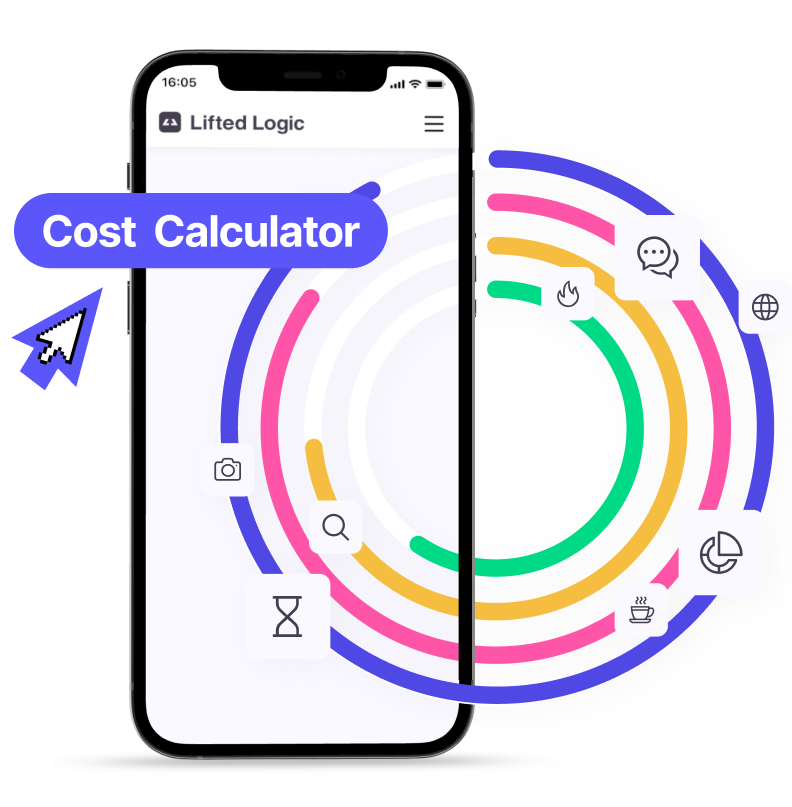Most web companies and internal teams can set up forms and phone numbers on your website, that’s no problem. However, we’ve noticed the biggest limitation when it comes to conversion tracking is visibility. Most of our clients are either not tracking conversions from the website at all or have no system in place to streamline their data visualization.
Digital marketing tools have vastly improved over the past five years. These tools are offering marketers the ability to see the results of their cross-channel strategies in one place compared to separate reports and spreadsheets (if you even used to do that).
You can track your form submissions and calls across almost all marketing sources – print, radio, digital advertising, social media, organic and email.
At Lifted Logic, we nerd out over data. We enjoy tracking the performance of our clients’ websites. We’re honestly never satisfied. We always want more information to make better decisions. This is a behavior we pass onto our clients during our training and ongoing client meetings.

Your Home Base: Google Analytics
Everyone raves about Google Analytics, but most companies are not using analytics to its full potential. Unless you have hours to devote to how-to articles, it’s impossible to know everything about analytics.
We use Google Analytics as our home base for almost every marketing strategy we implement. Simply because it is so easy to integrate other Google products’ data with analytics. Therefore, you can save time and compare your data in one place.
First and foremost, set up goals to track conversions.
This is the most critical step to track conversions in analytics. If you don’t, Google doesn’t know what to count as a “conversion”.
When we launch websites we set up goals in Google Analytics. For example, every time a user completes a form the action is pushed to analytics as a goal completion. So if you’re wondering how many form submissions you received from your website in a given period of time, you could see this data in the conversions section of analytics. We also set up goals for phone calls.
AdWords & PPC
Are you currently running a PPC campaign? If so, can you determine how many phone calls or form submissions you earned from that marketing effort? You can actually pull the goals you set up in analytics through to AdWords. Once this is set up, you can see your conversions in AdWords but you can also see conversions attributed to AdWords in analytics.
Email & other digital strategies
For email and other digital marketing, there are two recommended tactics to track the success of the campaign. You can use custom URLs that lead to dedicated landing pages for each campaign. If you narrow your results to that page in analytics you can see the number of visits, bounce rate, duration, and conversions.
Here’s a big no-no: sending your users to a popular URL, like your home page. There’s really no way to differentiate organic traffic from traffic driven by your campaign. Unless you use UTM tagging. UTM tagging is a simple code that you can attach to a custom URL in order to track a source, medium, and campaign name. This enables Google Analytics to tell you where searchers came from as well as what campaign directed them to you.
However, before you go tagging crazy it is important that you are consistent with how you label your source, medium, keywords, content, and campaigns. For guidance on how to properly set this up, reach out to us.
Print & Media
Traditionally, this is the hardest medium for businesses to track. Our clients relied on reports generated from the radio station or publication to evaluate performance. However, there are better ways to determine if your costs are worth it or not – spoiler alert: analytics.
There two best strategies if you’re advertising on a nondigital platform:
- You can create a unique page and URL to drive users to if they receive that print material
- You can add a unique phone number to the print material.
So if you are sending a mailer out to different neighborhoods, you can efficiently track performance by neighborhood using a custom URL and/or phone number. Cool, right?
If you want to start utilizing your data, we offer a free 1-hour analytics training session.
We believe education is key, so let us help you. Give us a call or contact us to schedule a training session.




